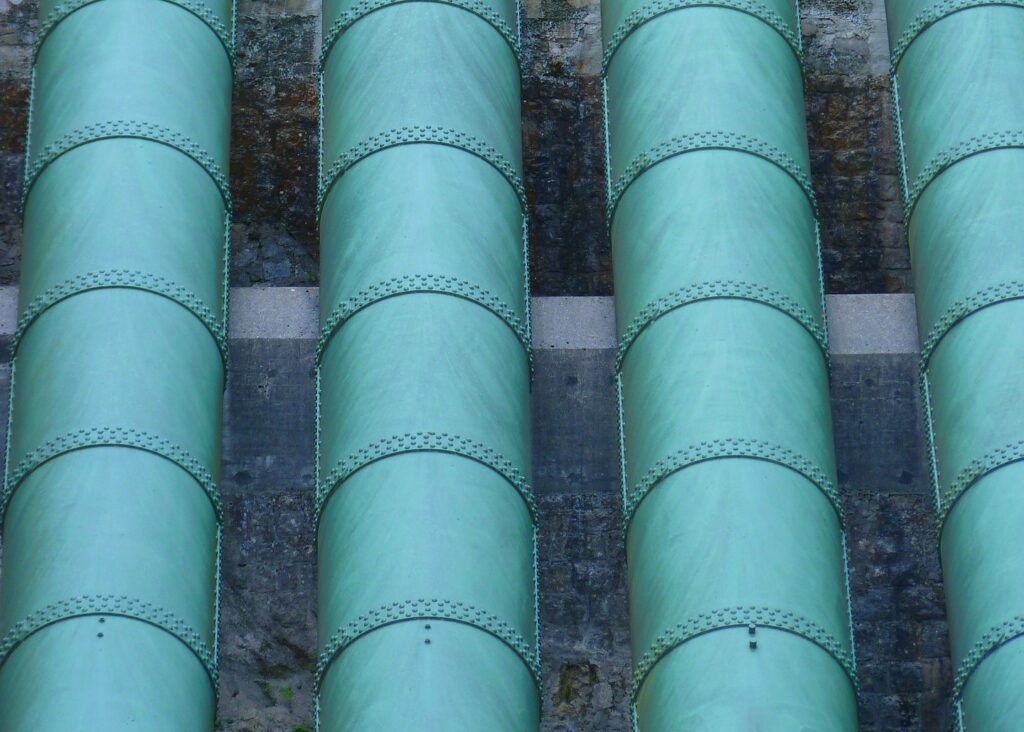National Gas and Gas Networks Ireland (GNI) signed a Memorandum of Understanding (MoU) to explore the development of a cross-border pipeline between the United Kingdom and Ireland capable of transporting 100% hydrogen—marking a pivotal step toward a regional hydrogen economy.
The agreement, while preliminary, sets in motion technical and commercial feasibility studies for an interconnector designed either from scratch or repurposed from existing gas infrastructure. While the route has not been finalized, the strategic intent is clear: enable high-volume, cross-border transmission of green hydrogen and biomethane, directly supporting both nations’ decarbonization agendas.
Ireland’s vast offshore wind potential is central to the envisioned hydrogen supply. Electrolytic hydrogen, powered by renewables, could be produced domestically and exported to the UK via the proposed pipeline. The UK, for its part, sees the project as a strategic complement to its 2050 net-zero goals and as a way to improve domestic hydrogen supply diversity.
The collaboration also highlights the distinct yet complementary roles of biomethane and hydrogen. While hydrogen infrastructure is still emerging, biomethane—fully compatible with existing gas networks—is already being deployed to cut emissions in heating, transport, and industry. Both gases are slated to play long-term roles in achieving net-zero, with biomethane offering near-term decarbonization potential and hydrogen targeting hard-to-abate sectors over the next two decades.
The interconnector, if approved, would represent one of Europe’s first hydrogen-specific cross-border pipelines—a sharp departure from ongoing hydrogen blending pilots elsewhere.
A dedicated hydrogen corridor between Ireland and the UK could trigger wide-ranging industrial benefits. Heavy industries such as cement, steel, and chemicals on both sides of the Irish Sea stand to gain from a stable and scalable supply of zero-carbon fuel. Moreover, the project could serve as a launchpad for regional hydrogen clusters and attract upstream investment into electrolysis, compression, and storage technologies.
The timing aligns with broader EU policy momentum. Ireland’s hydrogen strategy, though still evolving, is closely tied to the EU’s Fit for 55 targets and RePowerEU plan. The UK, although outside the EU, has committed to build 10 GW of low-carbon hydrogen production capacity by 2030, with at least half from green hydrogen. Both countries are now looking at hydrogen not just as a decarbonization tool, but also as a strategic resource for energy security.
Stay updated on the latest in energy! Follow us on LinkedIn, Facebook, and X for real-time news and insights. Don’t miss out on exclusive interviews and webinars—subscribe to our YouTube channel today! Join our community and be part of the conversation shaping the future of energy.
